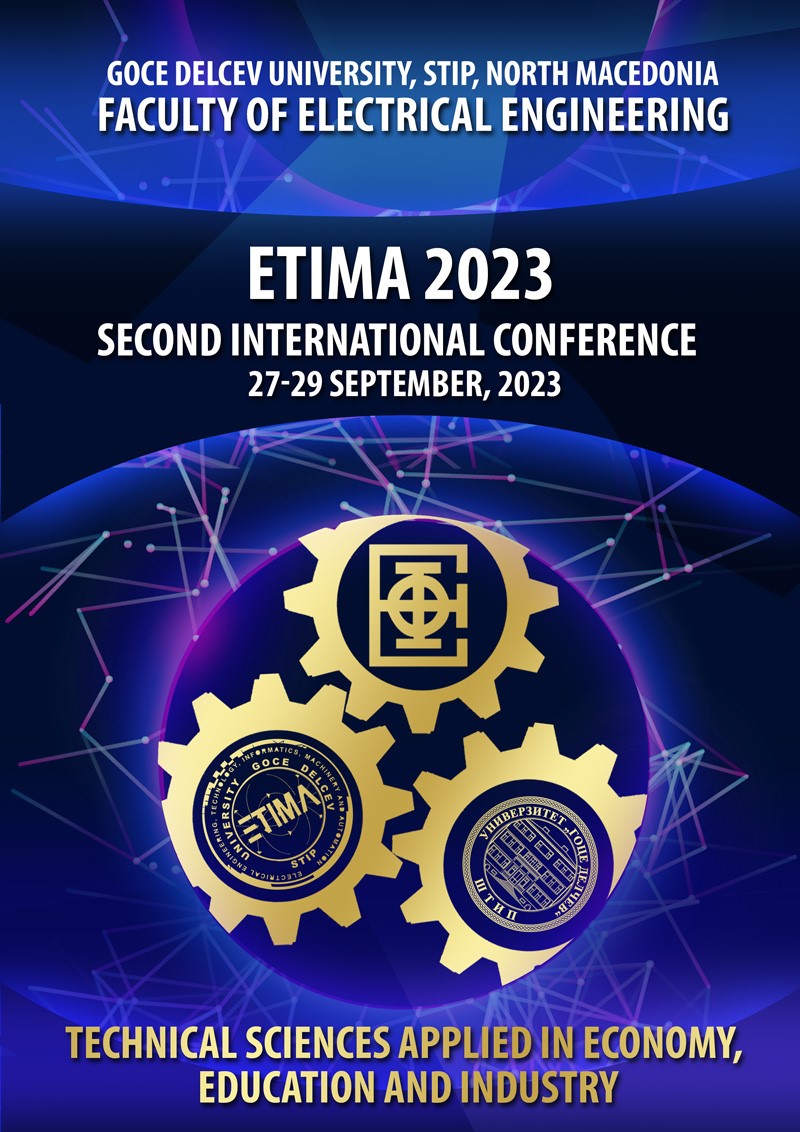PRINCIPLES AND APPLICATIONS OF ORAL ELECTROSURGERY
Abstract
Electrosurgery is a good alternative to the scalpel or lasers for soft tissue management and would be the method
of choice. Oral electrosurgery is widely accepted throughout the world and has a broad spectrum of clinical
applications. Once the clinician understands the nature of the different waveforms and how electrosurgical
technology relates to clinical results, a comfort level will be achieved making clinical applications safe,
predictable and easy. Electrosurgery can be used instead of the scalpel to cut soft tissues, with the goal of
reducing hemorrhage. Electrosurgery alludes to the delivery of thermal energy in the form of an alternating
current in the radiofrequency range from an electrical generator to the probe tip and the tissues. The heat
generated in the tissue depends on the current intensity, the distance from this tissue to the electrode tip, and the
period during which the RF energy is delivered. Electrosurgery is the passage of high frequency radio waves (RF
energy) into soft tissue resulting in a variety of clinical effects, including cutting, cutting and coagulation at the
same time, coagulation or tissue destruction. Because of the resistance offered by the tissue to the incoming RF
energy, the tissue heats up. The electrode tip never gets hot. In actuality, the water in the cells is boiled causing
the cells to explode. Radiosurgery has also become an unofficial but accepted term referring to electrosurgery
instruments that fall into the higher frequency range of 3-4 mHz (3-4 million cycles per second). Study by Maness
et al. in 1978 concluded that higher frequency electrosurgical units produce less tissue alteration than those
instruments with frequencies under 2 mHz. Higher frequency units produce less lateral heat and, therefore, less
tissue alteration. The optimal frequency appears to be in the 3-4 mHz range. There are numerous indications for
oral electrosurgery and some include bleeding control, cosmetic elongation of clinical crowns, soft tissue
management during crown and bridge procedures, biopsies, frenectomies, pulpotomies, collecting tissue for
gingival grafts, incisions or excisions and tissue contouring. The main goal of this study is to highlight the
principles and benefits of electrosurgery application. Electrosurgery can never completely replace the scalpel,
but it requires more knowledge, skill and complete understanding of the biophysical aspects of the interaction of
electrosurgical energy and tissue. Continued research into the field of tissue interaction is promised and potential
development of applications of electrosurgery.


